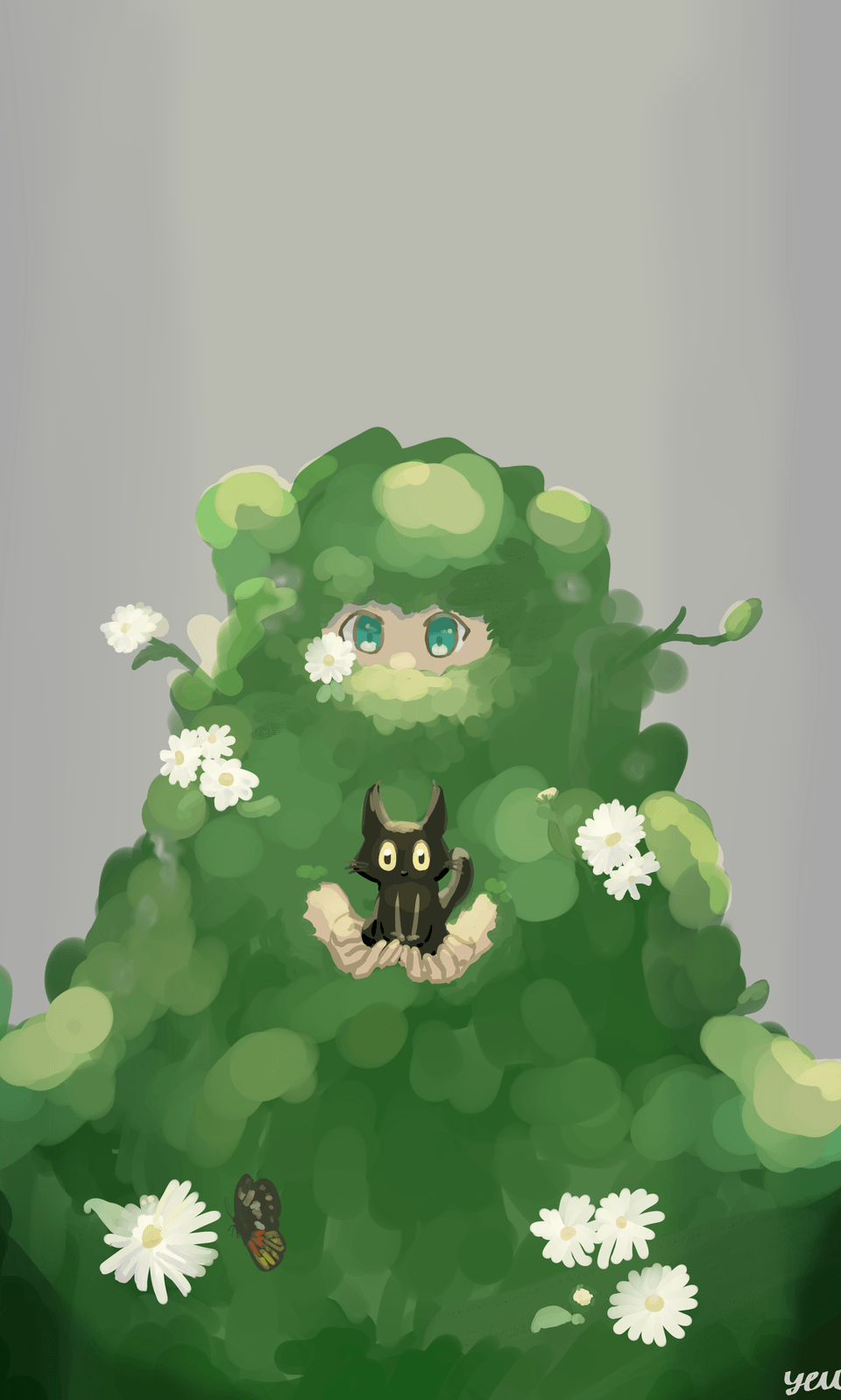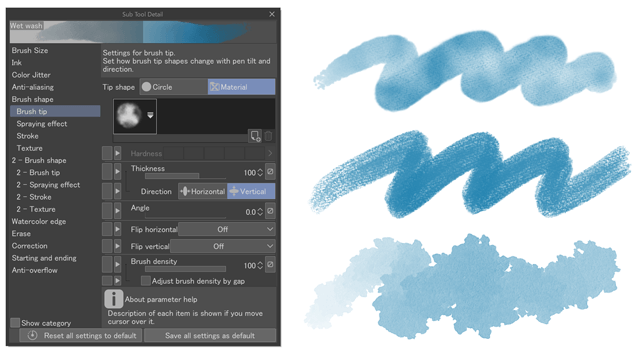How to draw 100 Poses in 30 minutes
So, is the title clickbait? It's not! It took me a few tries, but I've successfully drawn 100 poses in 30 minutes! And you can too. How?
The answer is- gesture drawing.
it’s very different from figure drawing/ studies and it’s something that will legit bring an extra level of life into your characters pretty much as soon as you apply what I talk about in this video. Right now you can make your drawings feel more alive, no matter if they’re human, animal, animated object or whatever else, and no matter your skill level or the level of realism that you’re aiming for…
Usually I stay away from such broad and vague concepts… like, there isn’t a magic pill that will be good for all artists… except that there is actually…
So… what does gesture drawing mean exactly?
Imagine drawing was our only way to communicate… no speaking, no texting. Do we need to spend 10 hours to communicate what we ate this morning? I’m talking about, you know, those super realistic still lives with the fruit bowls and whatever else, the kind of paintings you find in museums, you know what I mean.
Let’s say I want to say “horse”. I could do this, it doesn’t take much time.
Yet, what do most artists do? Well… you see, we’re not social and we communicate very poorly. Our own skill gets in the way.
So how long should you spend send a message? Meaning- to do a gesture drawing? Pixar story artist Alex Woo recommends 20-30 seconds. That’s it. You made a mistake and it doesn’t look right? Start over.
The point is to communicate. What is the pose about, what is the character feeling/ doing? What is the most efficient way to convey that?
Now, a few things about how to do gesture drawing properly!
First off- action lines! Basically- you simplify the pose to an extreme level by breaking it down into no more than a few lines and your action line is, well, the best line, the longest and the most expressive. Sometimes the action line will match the spine, but it doesn’t have to, it can very well travel diagonally through the body!
It usually lets our eyes travel from one side of the character to the other, guiding our eyes to the most important part. Often it will go from one foot to the head, or to one or both hands.
Note! This line has little to do with anatomy, it can travel from one side of the body to the other.
There’s always multiple ways to interpret a pose, so the same pose could have different action lines depending on the way you interpret its meaning.
The action line has a direction, it’s guiding us to the most relevant part of the body, depending on what we’re trying to communicate. If we’re communicating a kick, the most relevant part would be the foot. Otherwise it will usually be the head or the hand/hands. Sometimes tho, it can be the legs or the torso itself or, well, pretty much any body part. You can represent this by having the line grow in intensity as it gets closer to the center point.
Detail- You can add definition to your gesture drawing if it helps you convey what it is about. You can use one line to represent a limb, or you can use two lines. Your lines can have an angle at the knee and elbow for example, or it can be a continuous curve from one end to the other.
A line can be the center of the body or limb, or the outline of that body/limb. The hands and feet, you can skip them or draw them as a continuation of the limb or give them a certain amount of detail, depending how important that body part is for your message. The head, you can leave it as a line, make it into a circle or, if relevant, add additional detail to indicate the direction it’s facing or the angle of the chin, or the hair if that’s playing a part.
A pose will always have a certain relationship with the space around it, for example the perspective on the ground plane will often be relevant in helping us understand the pose. Feel free to introduce a simple perspective grid to give your character something to stand on.
See the difference this makes?
Extrapolation! You don’t have to draw what you see. You can take the idea/emotion/action you see in the model and apply it to another character, possibly a character with a completely different anatomy.
Let's extrapolate these poses:
Here you can see I draw the same poses on my character, and I make some changes to reflect my character’s personality.
I decided to take it one step further and do the same thing with a cat. A cat has a fundamentally different body from a human, so I had to make a bunch of choices, for example, if a human is pointing at something with their hand, a cat might be pointing only with its head or its ears.
If a human is sitting cross-legged, that doesn’t mean we’d have to break the cat’s legs, we’d simply draw an equivalent balanced, relaxed cat pose.
To take it even further, I tried applying the same principles to a lamp! I think it turned out quite expressive!
Note! In gesture drawing, what you create is not exactly a sketch… meaning that the next step isn’t to start adding muscle and detailed hands and feet and clothes and what not. A good gesture drawing doesn’t need to have accurate proportions, so if you start drawing on top without making adjustments you could very well end up with a broken figure, which doesn’t mean your gesture drawing was bad, it just means that it’s not meant to serve as a sketch.
The point of the gesture drawing is to give yourself a compass, something to aim for when you sketch and paint something. When you’re spending 5-10 hours drawing your character, rendering every shadow of every fold in their outfit, this little drawing can remind you of what you were aiming for in the first place.
Hope you found this useful!
























댓글